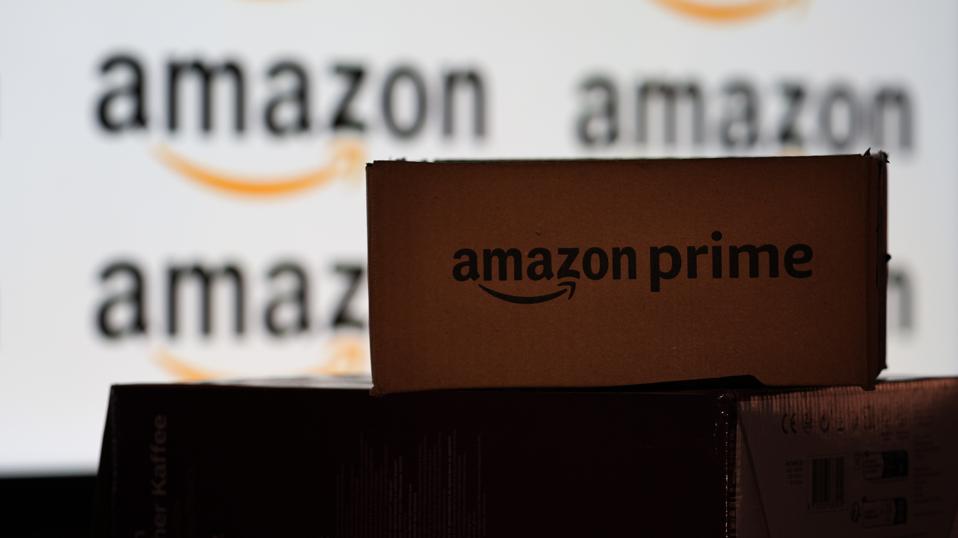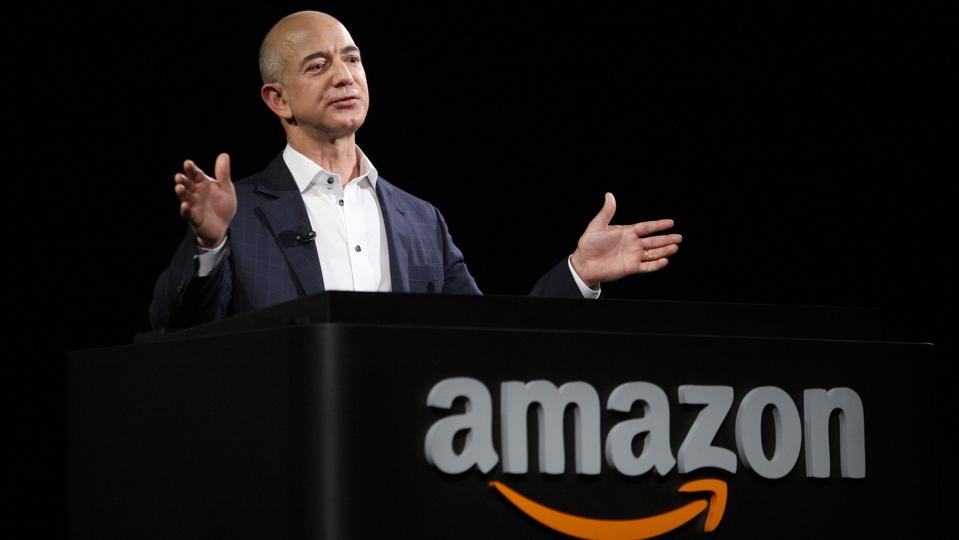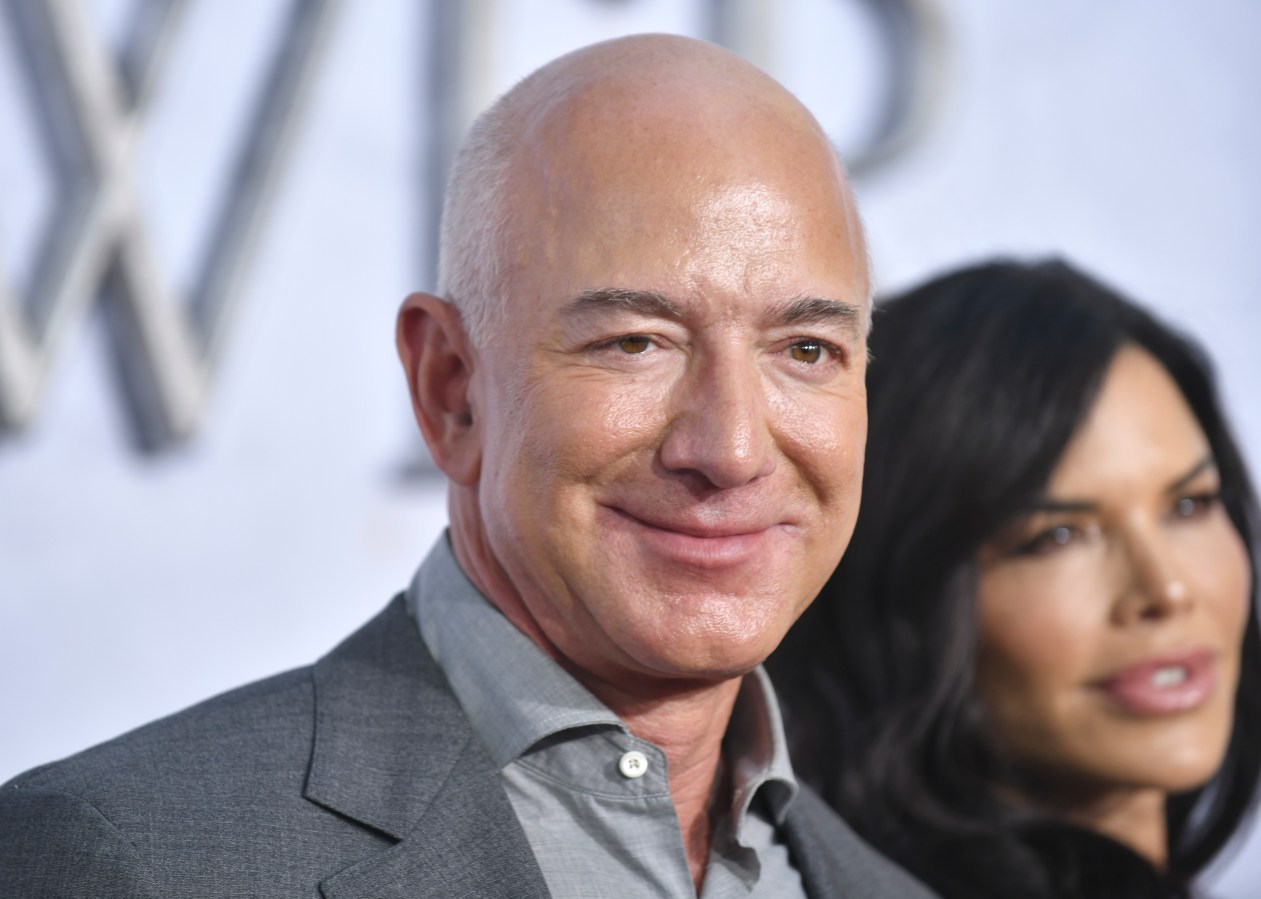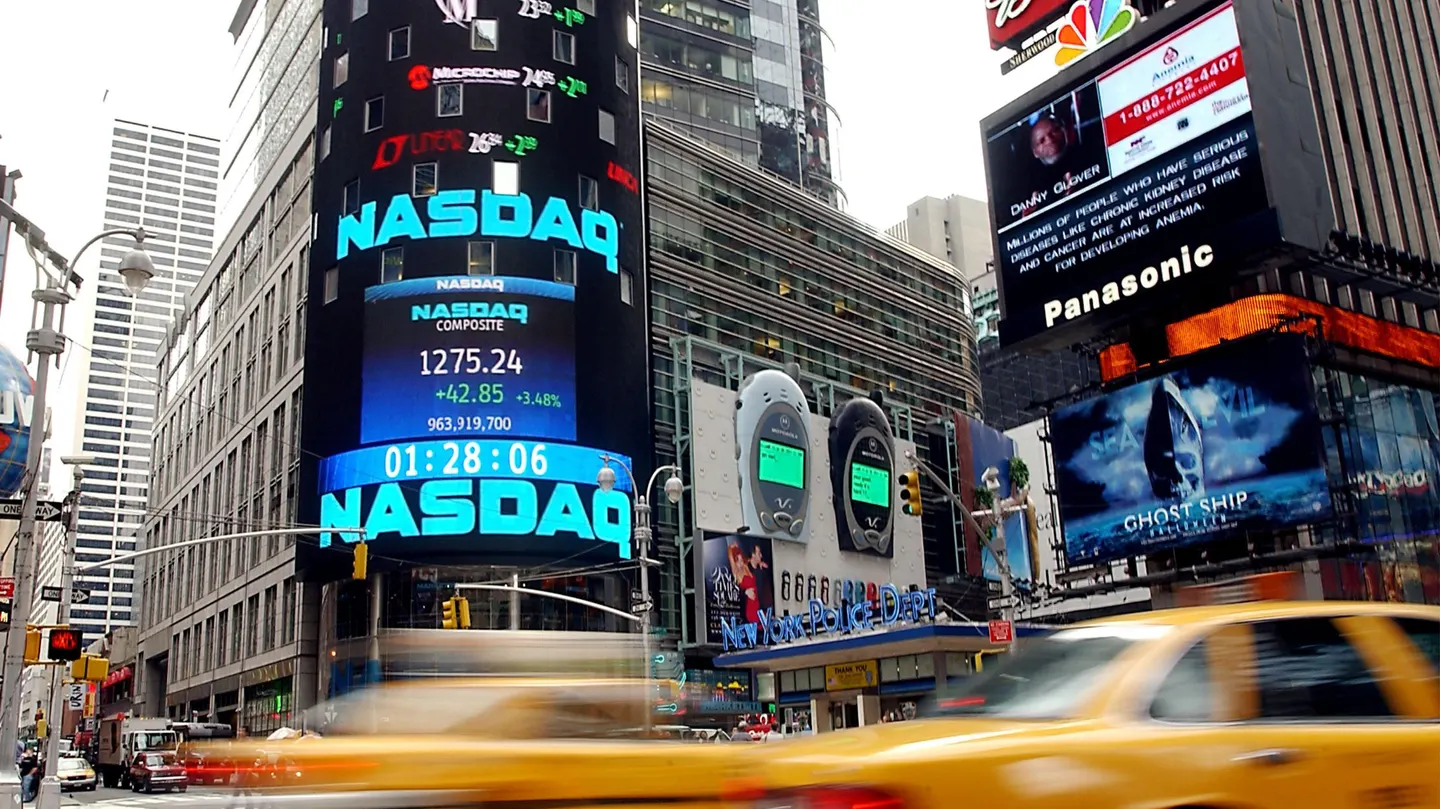Amazon claimed Wednesday it had achieved a key environmental milestone in which all electricity consumed by its operations in 2023 was “matched” with 100% renewable energy, a claim some experts say is vague on details as the tech giant released its annual sustainability report.

Key Facts
- In a blog post, the company said it achieved the goal it set in 2019 to match all power consumption across its global operations—including “data centres, corporate buildings, grocery stores and fulfilment centres”—with renewable energy, seven years ahead of schedule.
- Amazon said it reached the target by becoming the “largest corporate purchaser of renewable energy in the world” for the fourth consecutive year and investing “billions of dollars” to build more than 500 solar and wind power projects across the world.
- The company’s claim doesn’t mean it is using 100% renewable energy to power its operations, but rather purchasing an equivalent amount of energy from solar and wind plants, which is then sent to the public electric grid.
- Despite purchasing the offsets, the company’s sustainability report showed Amazon’s emissions from direct operations rose 7% in 2023 on the previous year.
- The report also showed that Amazon’s carbon footprint has risen by 34% since the launch of its Climate Pledge in 2019—which aims for net zero carbon emissions by 2040—although it fell by 3% in 2023 compared to 2022.
Big Number
13%. That is how much Amazon claims its “carbon intensity” fell in 2023 compared to the previous year. The company describes carbon intensity as the grams of carbon dioxide emissions it generates per dollar of “gross merchandise sales.” Since 2019, the metric has fallen by more than 34%.
Contra
Some experts have criticized Amazon’s climate-related claims for being vague and its reporting not being adequately transparent. The non-profit Carbon Disclosure Project (CDP) which works on climate disclosures gave Amazon’s climate change report a ‘B’ rating, which is lower than the A- rating it gave last year to Apple and the A rating it has given to Google and Microsoft. Commenting on Amazon’s rating, a director at CDP told the New York Times a company “needs to actually outline” the sources it has used to come up with its calculations. In May, a coalition of the company’s employees, Amazon Employees for Climate Justice, organized a walkout and criticized Amazon for “getting worse, not better, on climate.”
Related
Tangent
Kara Hurst, vice president of worldwide sustainability at Amazon, addressed concerns about the artificial intelligence boom driving up energy demands in Wednesday’s report: “Our progress toward a net-zero carbon business will not be linear, and each year as our various businesses grow and evolve, we will produce different results.” She told Bloomberg: “There are things like AI that come along that we’re going to have to grapple with, but I think we have so many tools that we didn’t have even a couple of years ago.”
This article first appeared on forbes.com.
Are you – or is someone you know -creating the next Afterpay or Canva? Nominations are open for Forbes Australia’s first 30 under 30 list. Entries close midnight, July 31, 2024.
Look back on the week that was with hand-picked articles from Australia and around the world. Sign up to the Forbes Australia newsletter hereor become a member here.



